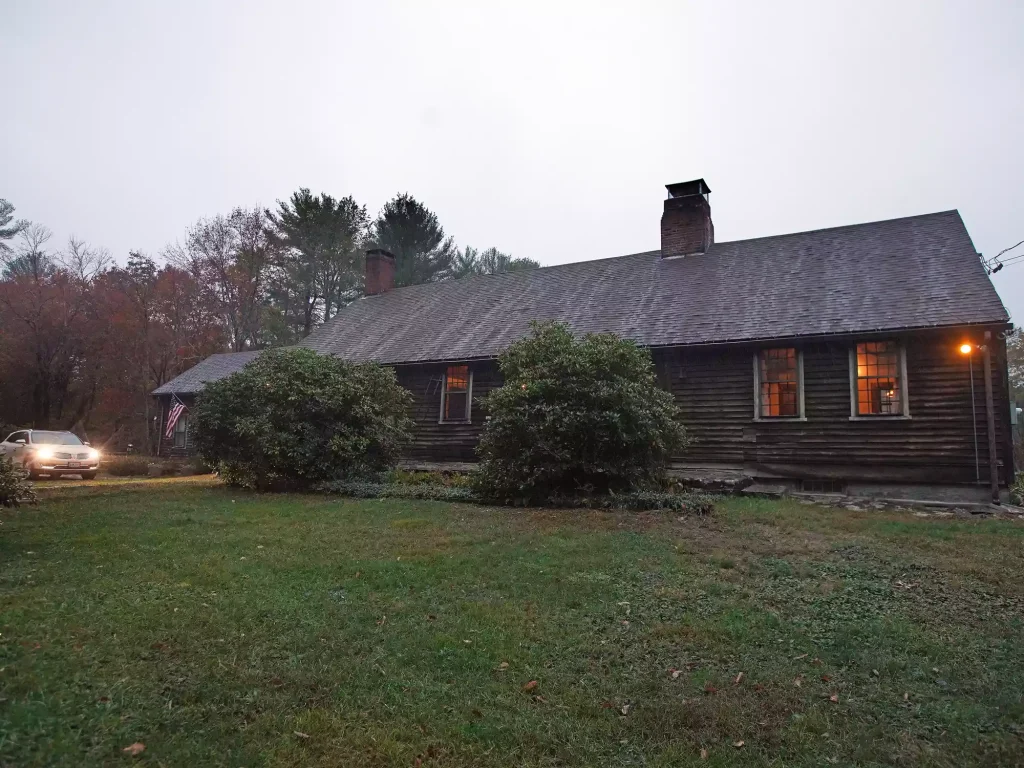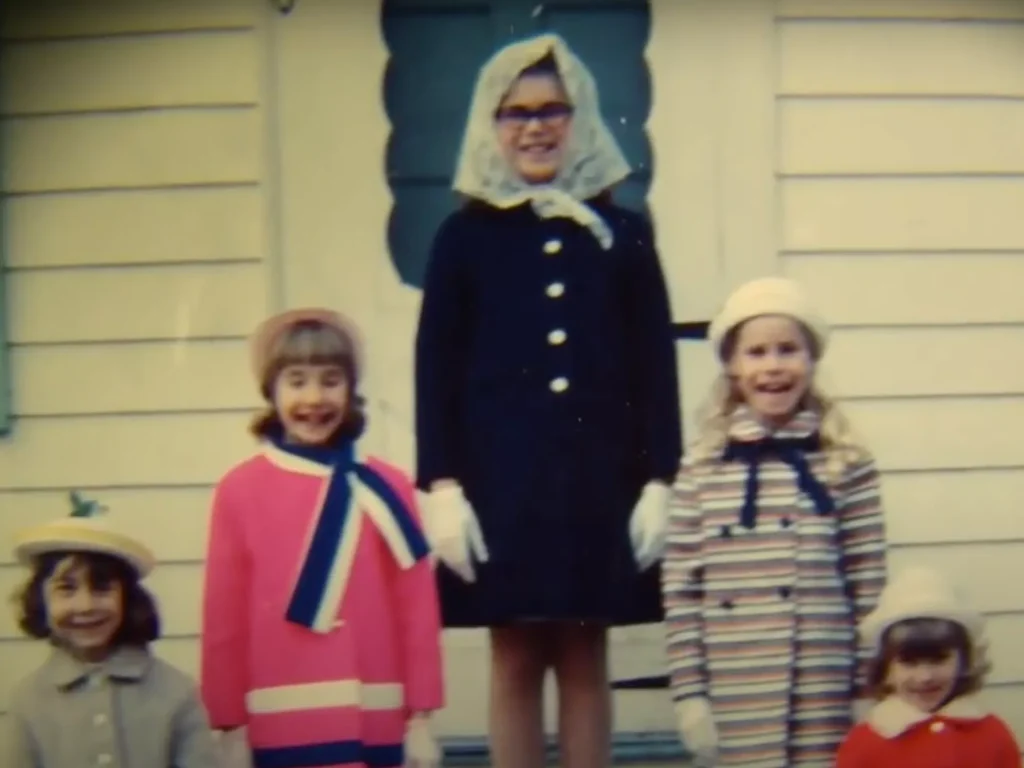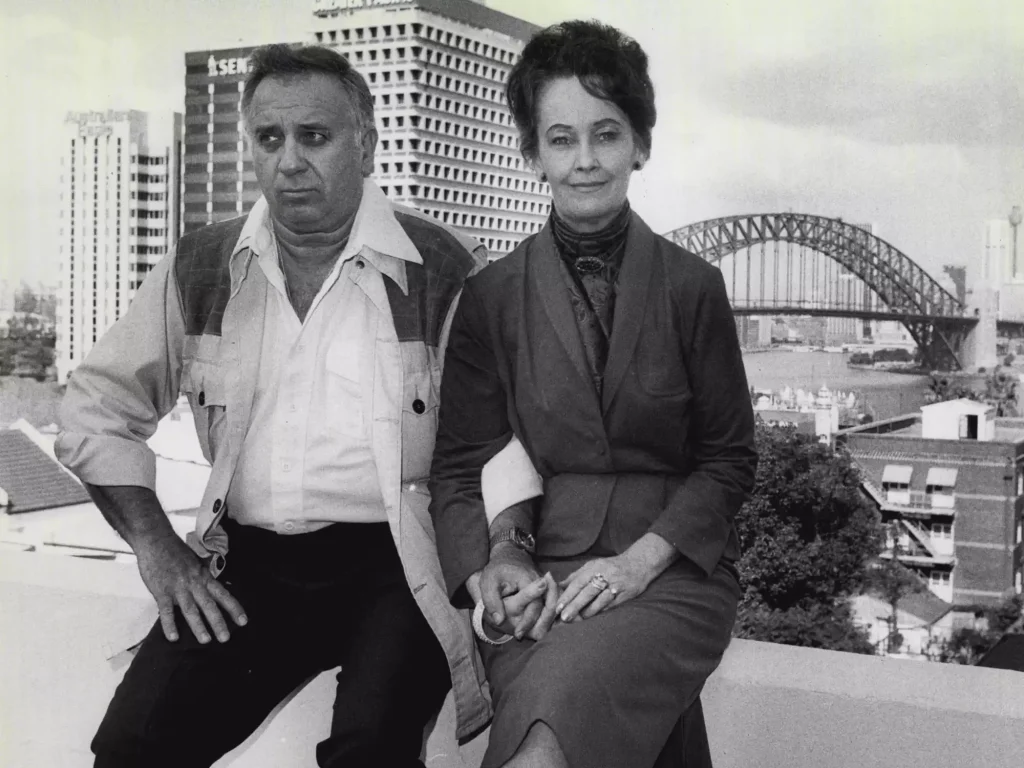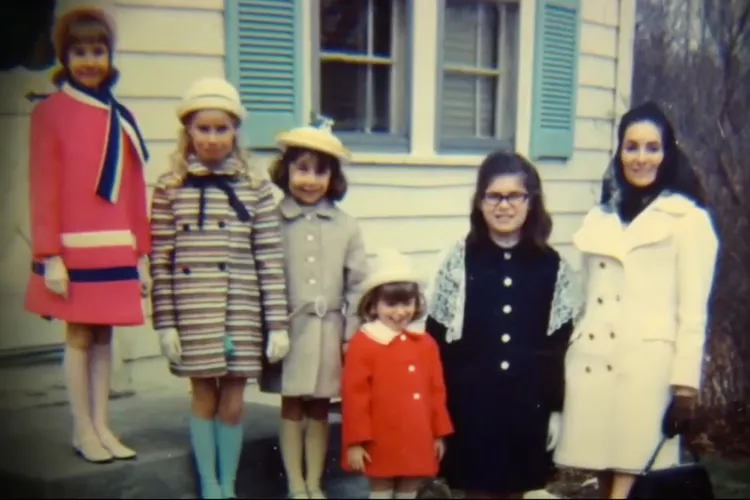The True Story Behind The Conjuring: Inside the Perron Family’s Real-Life Haunting and What Happened After They Left the Farmhouse
When The Conjuring premiered in 2013, audiences were terrified — not just because of what they saw on screen, but because the movie claimed to be “based on a true story.” Directed by James Wan and starring Vera Farmiga and Patrick Wilson as paranormal investigators Ed and Lorraine Warren, the film brought the haunting of the Perron family to life with chilling precision. But behind the Hollywood dramatization lies a very real, very human story — one that the Perrons still carry with them today.
The haunting began in 1971, when Roger and Carolyn Perron moved with their five daughters — Andrea, Nancy, Christine, Cindy, and April — into a centuries-old farmhouse in Harrisville, Rhode Island. The home, known as the Arnold Estate, was filled with charm, character, and, as they would later learn, history. Almost immediately, strange things started happening. The family reported doors creaking open on their own, small piles of dirt appearing on freshly cleaned floors, and an unseen presence tugging at their bedsheets at night.

At first, Carolyn believed she could explain the disturbances logically. But the activity grew stronger. The girls began to hear voices, smell strange odors, and feel an invisible force brushing past them. Soon, the Perrons were convinced their home was haunted. According to their accounts, the most terrifying figure was that of a woman believed to be Bathsheba Sherman, a 19th-century resident rumored to have practiced witchcraft. The legend claimed Bathsheba cursed the land, and the Perrons believed her spirit was responsible for much of their torment.
By 1973, the family sought help from renowned paranormal investigators Ed and Lorraine Warren, whose work would later inspire the Conjuring universe. The Warrens conducted investigations, collected recordings, and even attempted a séance to help the family. But what was meant to bring peace only made things worse. Andrea Perron, the eldest daughter, later wrote in her memoir that the séance caused violent reactions and left her mother temporarily unconscious. “We thought we might lose her that night,” Andrea recalled.

Despite their fear, the Perrons never experienced a clear resolution. They lived in the home for nearly a decade before finally moving out in 1980. The haunting, they said, never fully stopped — it simply faded with distance. Andrea Perron would later publish a three-part book series titled House of Darkness, House of Light, chronicling every detail of the family’s ordeal. Her work inspired the screenwriters of The Conjuring, though the film took creative liberties for dramatic effect.
Today, the Perron sisters are adults with families of their own. Andrea continues to speak publicly about her experiences, appearing in documentaries and interviews where she says that while Hollywood exaggerated certain elements, the core story is true. “It wasn’t just a haunting,” she told People. “It was our life — and we lived every moment of it.” The family maintains that the house was never evil, just misunderstood. They believe spirits lingered there, bound by tragedy, not malice.

The farmhouse itself still stands, now owned by Cory and Jennifer Heinzen, who have also reported unexplained phenomena and even opened the home for paranormal tours. Despite decades passing since the Perrons left, the story continues to captivate and terrify new generations — a haunting that refuses to fade into history.
For the Perrons, though, the story is about survival more than fear. “It taught us about love, faith, and the unseen world,” Andrea said in a 2022 interview. “It’s not about ghosts — it’s about how you live with them.”
Six decades later, the tale of the Perron family remains one of America’s most famous hauntings — a story where myth and memory intertwine, forever blurring the line between truth and terror.



